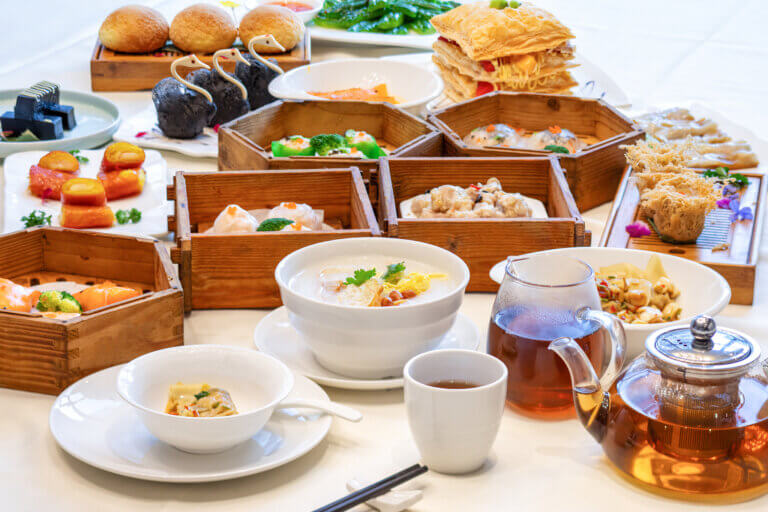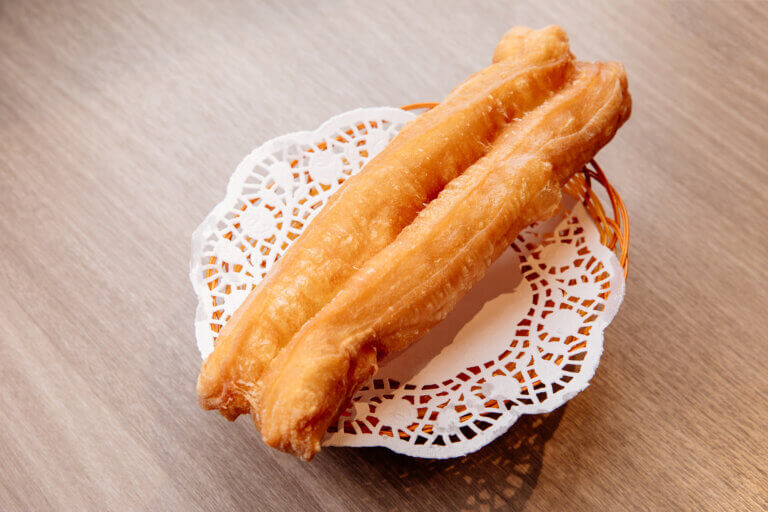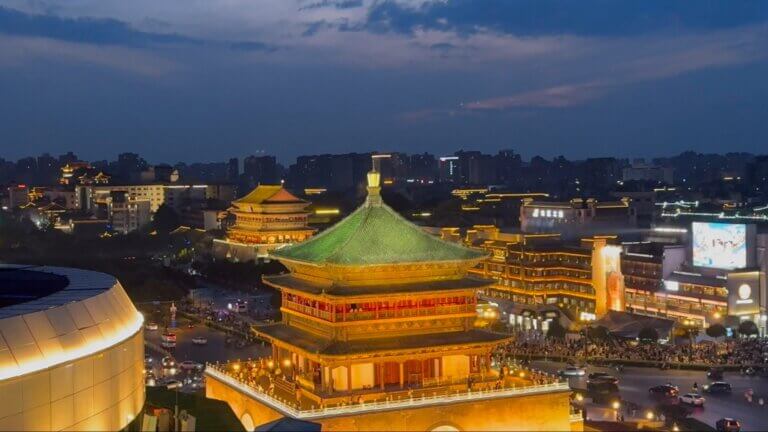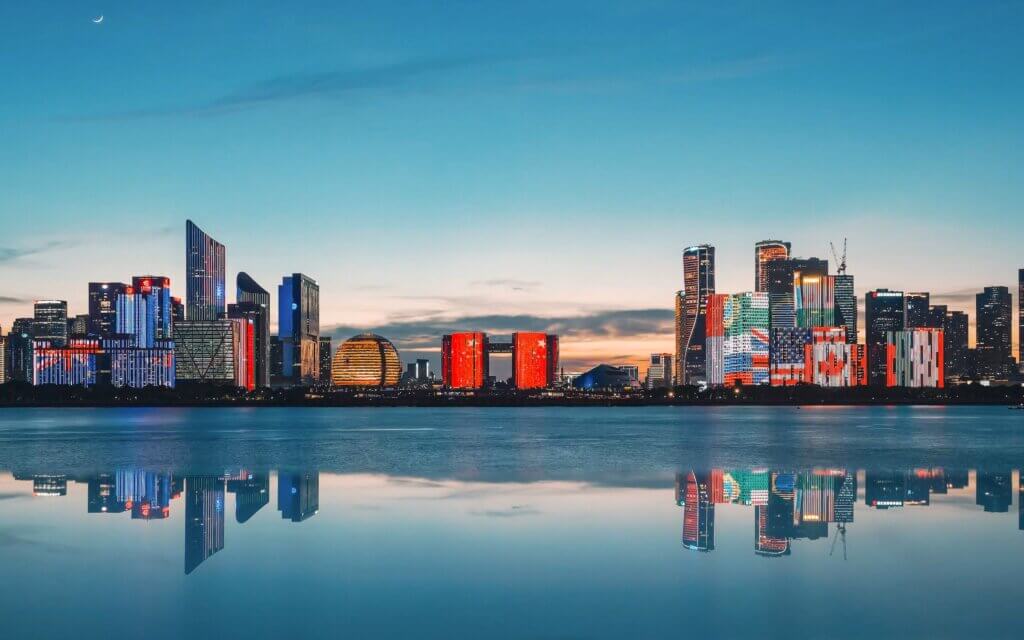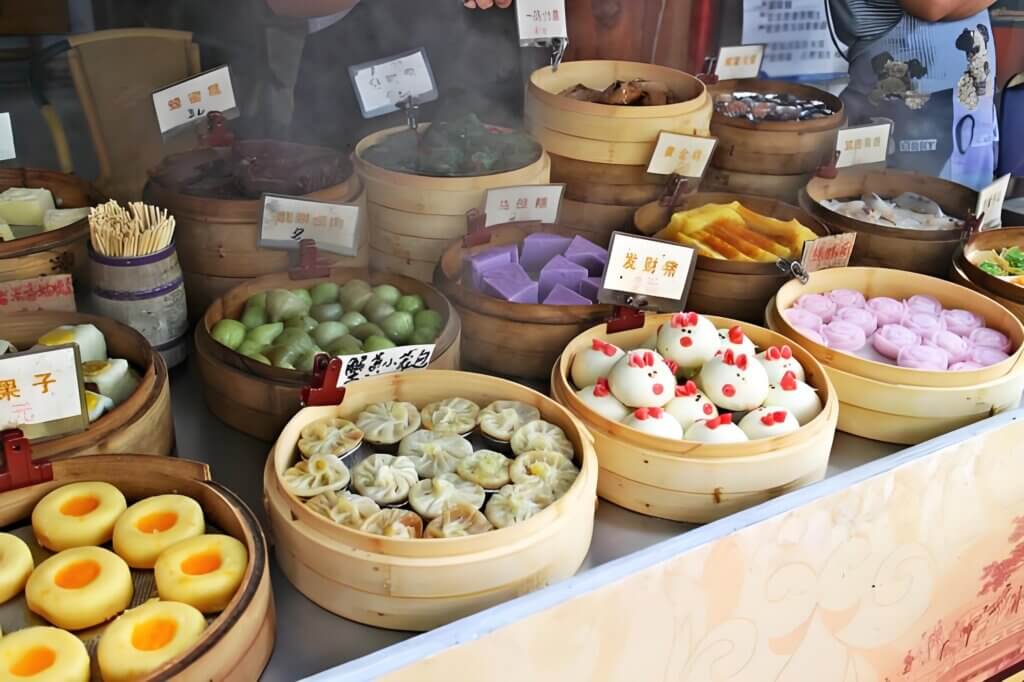
Suzhou’s Culinary Soul: Where Elegance Meets Flavor
Known as the “Venice of the East,” Suzhou’s charm extends beyond its canals and gardens into its kitchens. Situated in Jiangsu Province, this ancient city has been a gastronomic capital since the Ming Dynasty, blending imperial banquet traditions with humble street snacks. Suzhou’s cuisine, or Su Bang Cai, is celebrated for its delicate sweetness, intricate knife work, and emphasis on texture—think tender braised meats, silky broths, and desserts that resemble edible art.
Unlike its spicy Sichuan or hearty Northern Chinese counterparts, Suzhou food whispers rather than shouts. Dishes often incorporate seasonal lotus root, freshwater fish, and locally grown glutinous rice. Meals are paired with Biluochun tea, a fragrant green tea from nearby Dongting Mountain. For locals, dining is a ritual: breakfast means steaming baskets of dumplings, lunch revolves around noodle soups, and evening snacks (xiao chi) are enjoyed along lantern-lit canals.
3 Unmissable Suzhou Specialties
1. Braised Pork with Chestnuts (Hongshao Lizi Rou)
A symbol of Suzhou’s comfort food, this dish features melt-in-your-mouth pork belly slow-cooked in soy sauce, rice wine, and rock sugar, with chestnuts adding earthy sweetness. The glossy, mahogany-colored meat is so tender it’s often described as “dancing on the tongue.” Traditionally served during festivals, it’s now a year-round staple.
Cost: $12–18 at local eateries.
2. Biluochun Shrimp (Biluochun Xiaren)
This poetic dish combines Suzhou’s two treasures: Biluochun tea and freshwater shrimp. Fresh shrimp are stir-fried with tender tea leaves, creating a refreshing, slightly bitter contrast to the shrimp’s natural sweetness. The tea’s floral aroma lingers long after the last bite.
Cost: $15–25 per plate.
3. Sweet Osmanthus and Lotus Root Sticky Rice (Guihua Oumi)
A dessert that embodies Suzhou’s love for subtle sweetness. Glutinous rice is stuffed into lotus root holes, steamed until sticky, then drizzled with osmanthus flower syrup. Each slice reveals a mesmerizing pattern, pairing floral fragrance with the root’s crispness.
Cost: $4–8 per serving.
Where to Taste Authentic Suzhou Cuisine
1. De Yue Lou (得月楼)
Founded in 1540, this 480-year-old restaurant once served emperors. Its lakeside terrace offers panoramic views alongside classics like Biluochun Shrimp and Squirrel Fish.
Must-try: Sautéed shrimp with tea leaves, crab-shell pastries.
Price: $20–40 per person.
Address: 18 Taijian Lane, Gusu District.
2. Guanqian Street Snack Market (观前街)
Suzhou’s busiest food street buzzes with vendors selling:
- Shengjianbao: Crispy pork buns with gelatinized broth ($2 for 4 pieces).
- Suzhou Mooncakes: Flaky pastries filled with red bean or pork ($1–2 each).
- Wonton Soup: Translucent skins in chicken broth ($3 per bowl).
3. Xietang Old Town (斜塘老街)
Escape the crowds at this lesser-known water town. Highlights include:
- Yaba Shengjian (哑巴生煎): A cult-favorite stall serving pan-fried buns with a crispy base ($3 for 6).
- Zhu Hongxing Tea House: Sip Biluochun tea with rose-flavored rice cakes ($10 for a set).
4. Suzhou No. 1 Soy Milk Shop (苏州第一豆浆店)
Join locals at this 5 AM–10 AM breakfast institution. Their savory soy milk—mixed with vinegar, seaweed, and pickled veggies—defies expectations ($1.5 per bowl).
Insider Tips for Foodies
- Timing is key: Crab season (Sept–Nov) and osmanthus bloom (Oct) are peak food periods.
- Vegetarian options: Try Dinglu Vegan Restaurant for Buddhist-inspired Suzhou dishes.
- Avoid tourist traps: Restaurants near Humble Administrator’s Garden often overcharge; venture 2–3 blocks away.
Suzhou’s cuisine isn’t just about taste—it’s a multisensory journey through history, art, and nature. Whether you’re sipping tea in a 500-year-old pavilion or biting into a street-side dumpling, every meal tells a story. As the saying goes, “Eat in Suzhou, live in Hangzhou”—and after savoring its flavors, you’ll understand why this city tops China’s culinary bucket list.
